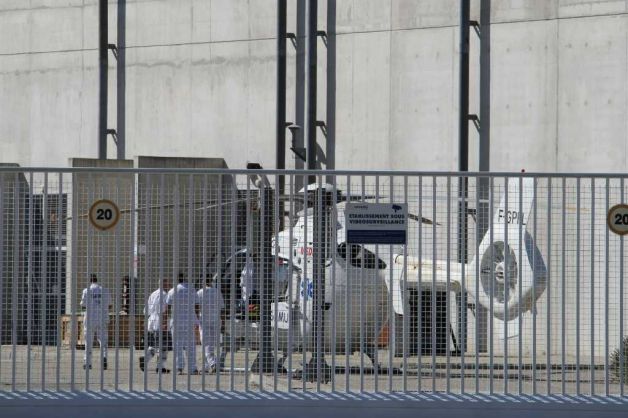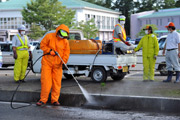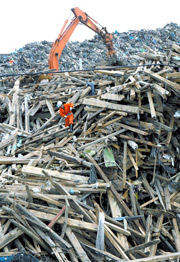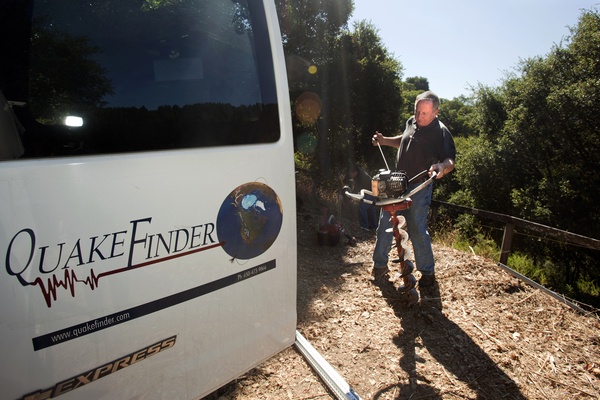Beef from cows from Fukushima Prefecture contaminated with radioactive cesium was sold to restaurants and shoppers in at least five prefectures, according to Tokyo metropolitan government officials.
The officials said July 11 that contaminated beef from six cows raised at a ranch in Minami-Soma was sold in Hokkaido, Chiba, Aichi, Tokushima and Kochi prefectures.
The rancher on July 10 admitted ignoring a prefectural order not to use potentially contaminated feed stored outdoors after explosions at the Fukushima No. 1 nuclear power plant, Fukushima prefectural officials said.
Wholesalers in Tokyo sold the beef to dealers in Tokyo as well as Kanagawa, Shizuoka, Osaka and Ehime prefectures before the meat reached those prefectures, the Tokyo officials said.
The revelations come after Tokyo officials discovered radioactive cesium at levels up to 3,200 becquerels per kilogram, or 6.4 times the national safety limit of 500 becquerels per kilogram, in meat from 11 cows from the same ranch earlier this month. However, beef from the cows did not make it to market.
The beef that did make it to market and consumers' tables was from six cows shipped before the cesium contamination was discovered.





 The tsunami that followed the Great East Japan Earthquake left 22 million tons of debris and rubble scattered across three prefectures in the Tohoku region. No real steps toward restoration can be taken until it is removed. Last month, Prime Minister Naoto Kan's administration at long last introduced a bill to the Diet to place the national government in direct control of the cleanup. Will concentrated efforts to remove the debris now finally get underway?
The tsunami that followed the Great East Japan Earthquake left 22 million tons of debris and rubble scattered across three prefectures in the Tohoku region. No real steps toward restoration can be taken until it is removed. Last month, Prime Minister Naoto Kan's administration at long last introduced a bill to the Diet to place the national government in direct control of the cleanup. Will concentrated efforts to remove the debris now finally get underway?


Recent Comments